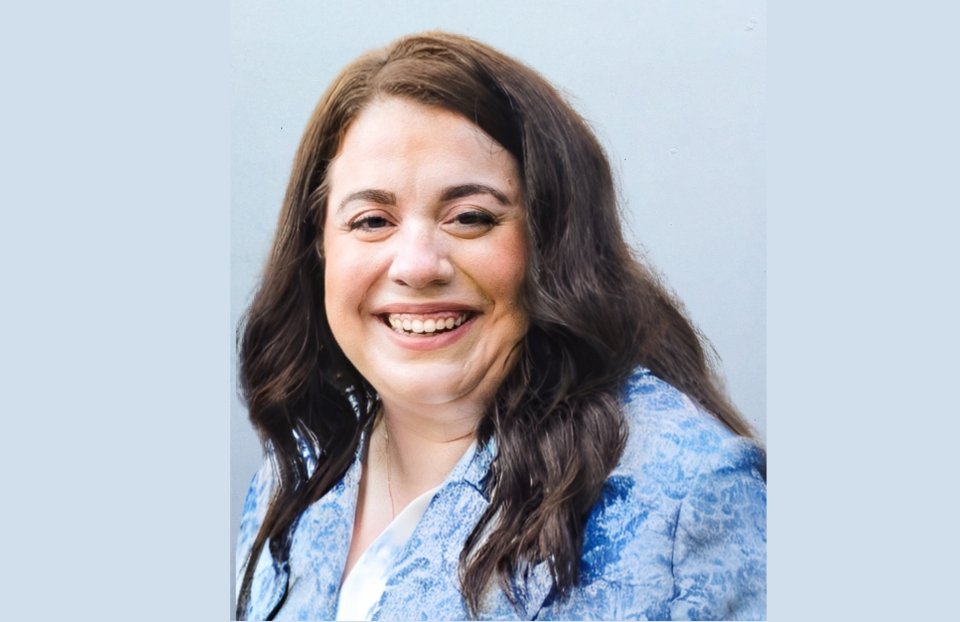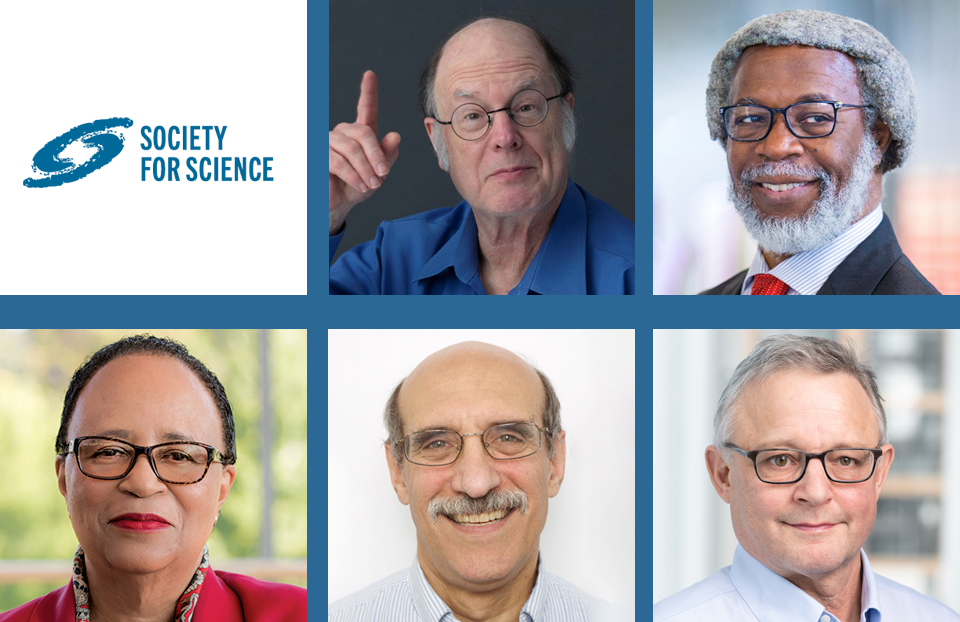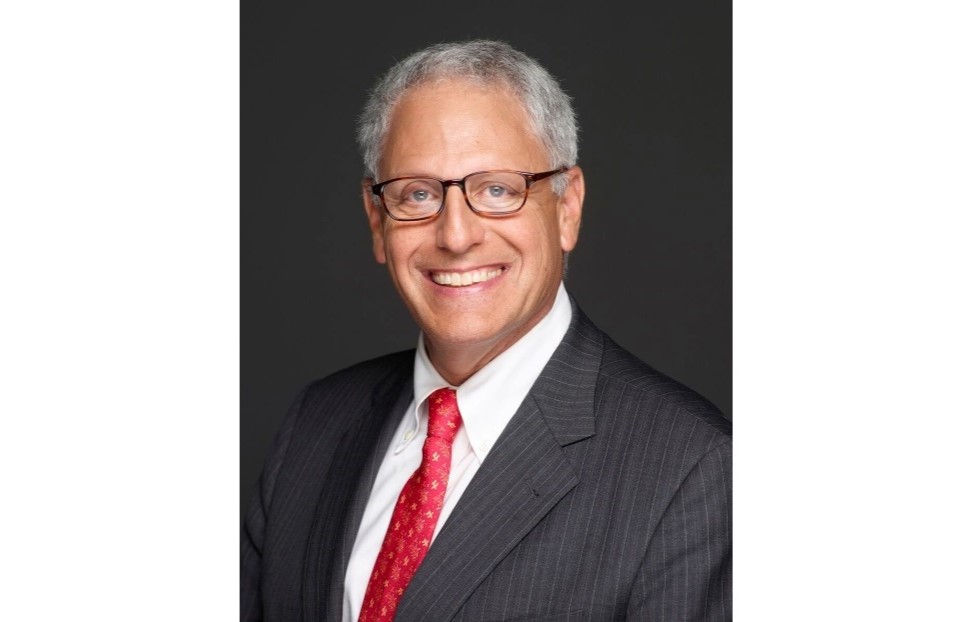Denise Gordon’s Research Program Unites Students From Two Schools
Denise Gordon, a 2012 SSP Fellow, teaches science at the Applied Learning Academy (ALA) in Fort Worth, Texas. Her research program introduces students from both her class and the International Newcomer Academy (INA) to data collection and hands-on research.
What made you decide to apply to be a SSP Fellow?
I applied to be a SSP Fellow because I believe in the motto: “Once a Peace Corps volunteer, always a Peace Corps volunteer.” To me, this means I am self sufficient and seek out how to fund my special needs. Since I am a science teacher, my special needs are lab equipment and resources to supplement my students’ investigative research projects. Student designed and implemented research projects are a national science standard, but without the funds to purchase supplies not many students can do what they really want to do. Many parents’ pocketbooks are just as small as a public schools’ science budget; therefore, I seek out grants throughout the school year.
Our building houses two different schools, the International Newcomer Academy (grades 6-9) and the Applied Learning Academy (grades 6-8). Opportunities for the students to work together are limited due to language barriers and class schedules, however science teachers at both schools agreed to a partnership introducing students to environmental data collection. The SSP Fellowship allowed me to purchase additional equipment and rekindle collaborations with local organizations.
Can you tell us a little about the program you are implementing?
I have been teaching scientific research for the past 24 years. My program requires an environmentally-related project selected individually or in teams, with outside evaluation and professional presentation required. I rely heavily on the local community to make my program more efficient and realistic. Luckily, my school, Applied Learning Academy, is based on the philosophy of applying what we learn in the classroom to the real world.
I hope that partnering ALA and INA students will strengthen writing, reading and math scores for both groups. Students from both schools will work together out in the field collecting and sharing instruments and data. Having students mentor each other makes the learning environment less stressful, encourages questions, and creates a better understanding of subject content.
In the past, ALA students have submitted from one to five projects to the Fort Worth Regional Science and Engineering Fair (FWRSEF), while INA has never submitted one project. The projected goal was to submit at least ten ALA science fair projects and five INA high school projects for 2012-2013. In reality, thirteen ALA projects were submitted and one INA project. Hopefully, in 2013-2014 project submissions will double from each school.
How has being a Fellow impacted your ability to develop a research program?
The SSP Fellowship allowed more digital equipment to be purchased for students’ projects. We bought electronic probes and a digital microscope to allow students to measure:
- the gas exchange of photosynthesis as light is altered,
- the heartbeat of a mosquito larvae
- the speed of different lizards, and
- the humidity and temperature inside a worm compost bin.
The SSP Fellowship also helped reunite the partnerships between ALA, INA, The Chihuahuan Desert Research Institute (CDRI), and the Fort Worth Botanic Garden (FWBG). Our students helped clear out the burnt sage brushes at the CDRI and conducted soil and water quality tests, along with counting the diversity of grass sects from the burnt and non-burnt areas at this research institute. At the FWBG, the students helped to revitalize and renew the children’s section of the city’s public garden. In May, the fourth annual ALA Environmental Symposium will be held and all ALA and INA student projects will be presented to the local community. Colleges have been invited so our students can see and hear what environmental research projects are being conducted at the university level.
What advice would you have for other individuals attempting to nurture students through the research process?
Let the community’s needs be the driving force on what the students can do to help. So many problems exist in any community. Young minds do have great ideas. Allow one day per week to work on individual or group projects. You have to step away from the lesson plan template and just let the projects develop week by week. A published calendar on what is expected reminds students where they should be with projects, but projects can fail, restart, or take an entirely different pathway. The role of a teacher morphs into becoming a mentor or project manager.
Why do you think it’s important for students to participate in scientific research?
Science should not come from a worksheet. I want students to ask questions and try to solve their investigation. Mistakes will be made, but learning from their mistakes is extremely important. Even though many of my students have not gone into the scientific field, learning to set a goal and then design a method on how to reach that goal is a life skill. This year, only 13 of my students’ projects were submitted to the Fort Worth Regional Science & Engineering Fair, but this was a 225% increase in project submissions from last year.
Do you have any advice for young students interested in pursuing science?
When I was in school, my project placed first in the physics category at my school, but I was too shy to push myself to enter this project in the FWRSEF. I regret this decision, but I really thought I was not smart enough and I did not want my project sitting next to more advanced projects. I basically closed my own door in my face. My advice to the young researcher is to enjoy your topic and do the best you are capable of. Even though many projects did not go to the FWRSEF, all of my students will present their research publicly at the ALA Environmental Symposium. I consider this event their science “recital” for parents, relatives, classmates, and the local community.


